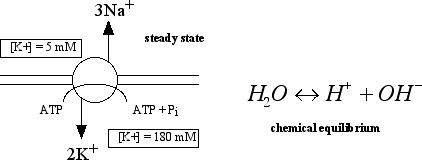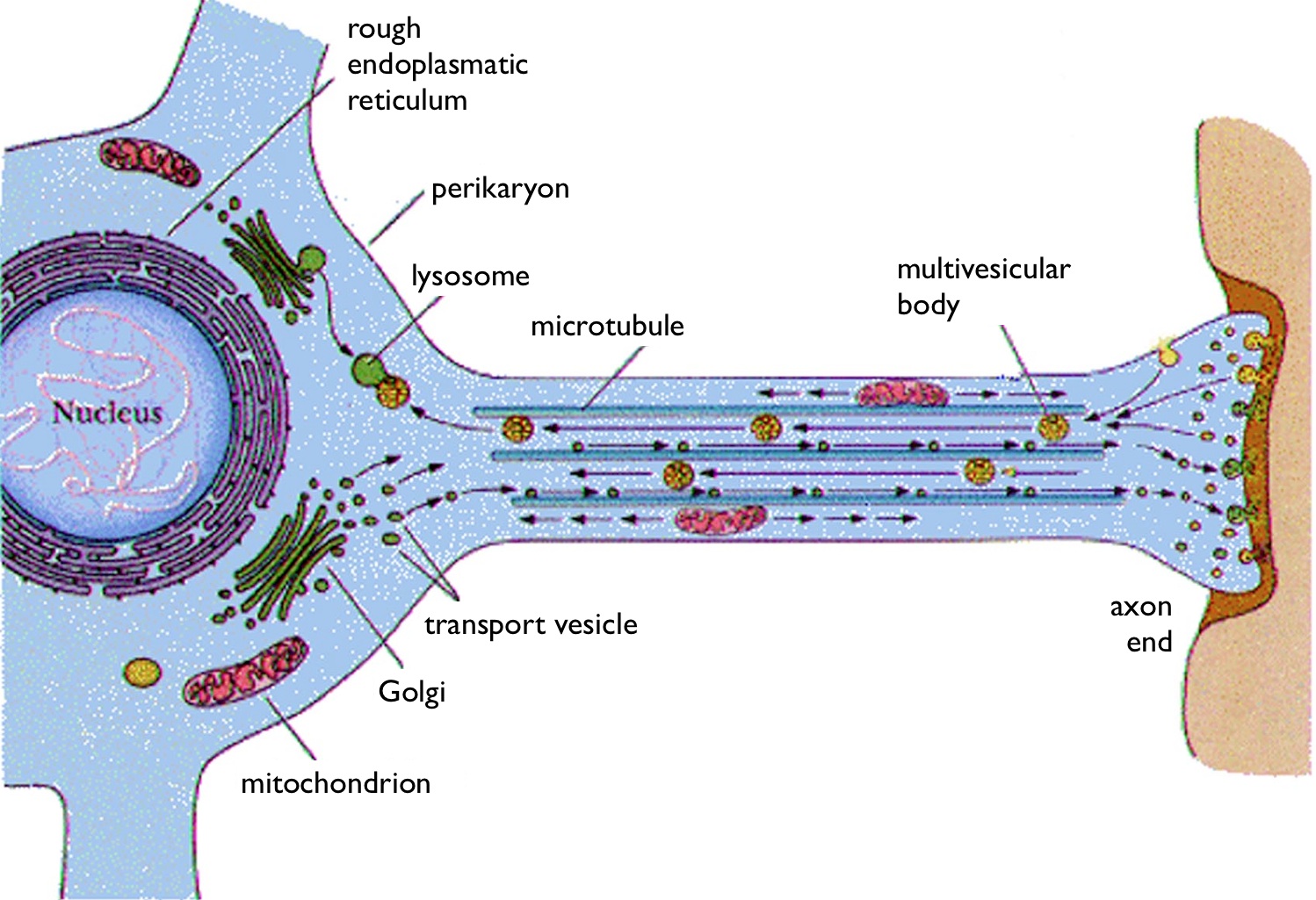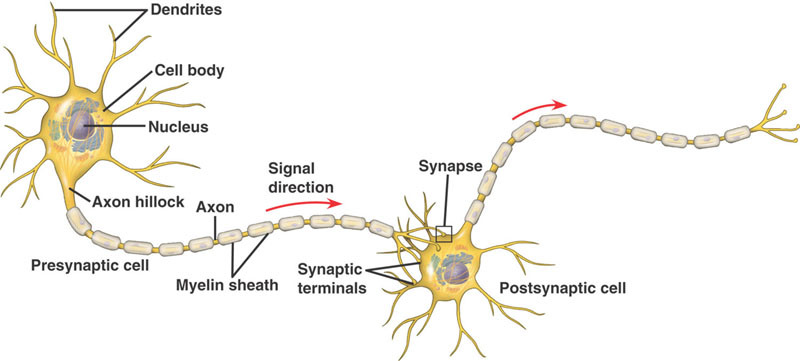And? Do you realize by dismissing ORCH OR you are not talking about a scientist gone haywire, but in one fell swoop you have declared hundreds of dedicated scientists to be unfit to shine your boots.
There are
not hundreds of scientists that support Orch-R. There are two, plus maybe a small handful of supporters.
To reiterate, there is
no evidence that microtubules are tiny quantum computers.
The notion is mere speculation. The Orch-R concept of Penrose and Hameroff has made a number of false predictions and is fairly thoroughly discredited. I quote from the Wiki article on "Quantum Mind":
" Hameroff provided a hypothesis that
microtubules would be suitable hosts for quantum behavior.
[20] Microtubules are composed of
tubulin protein dimersubunits. The dimers each have
hydrophobic pockets that are 8 nm apart and that may contain delocalized
pi electrons. Tubulins have other smaller non-polar regions that contain pi electron-rich indole rings separated by only about 2 nm. Hameroff proposed that these electrons are close enough to become entangled.
[21] Hameroff originally suggested the tubulin-subunit electrons would form a
Bose–Einstein condensate, but this was
discredited.
[22] He then proposed a Frohlich condensate, a hypothetical coherent oscillation of dipolar molecules. However, this too was experimentally
discredited.
[23]
However, Orch-OR made
numerous false biological predictions, and is not an accepted model of brain physiology.
[24] In other words, there is a missing link between physics and neuroscience,
[25] for instance, the proposed predominance of 'A' lattice microtubules, more suitable for information processing, was
falsified by Kikkawa
et al.,
[26][27] who showed all in vivo microtubules have a 'B' lattice and a seam. The proposed existence of gap junctions between neurons and
glial cells was
also falsified.
[28] Orch-OR predicted that microtubule coherence reaches the synapses via dendritic lamellar bodies (DLBs), however De Zeeuw
et al. proved this impossible,[29] by showing that DLBs are located micrometers away from gap junctions.
[30]
In January 2014, Hameroff and Penrose claimed that the discovery of quantum vibrations in microtubules by Anirban Bandyopadhyay of the
National Institute for Materials Science in Japan in March 2013
[31] corroborates the Orch-OR theory.
[15][32]
Although these theories are stated in a scientific framework, it is difficult to separate them from the personal opinions of the scientist. The opinions are often based on intuition or subjective ideas about the nature of consciousness."
It's not doing very well. It seems more than likely it will swirl down the toilet of history when these two old men die.








